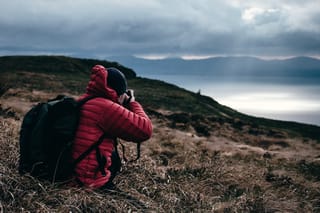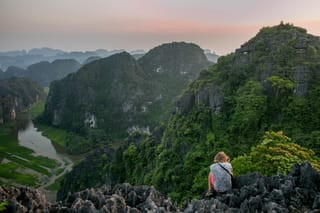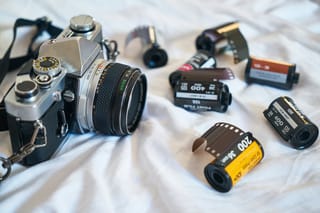
It’s warming up out there, and the smell of fresh air is starting to permeate into our lives once again. For some grateful nature and landscape photographers, that means it’s time to get out there and start shooting once again.
Yes, that means those early morning hikes to catch the sunrise are back on the menu, folks. You may have the spirited attitude and your favorite camera in hand, but which lens should you grab to accompany you on your next epic landscape adventure?
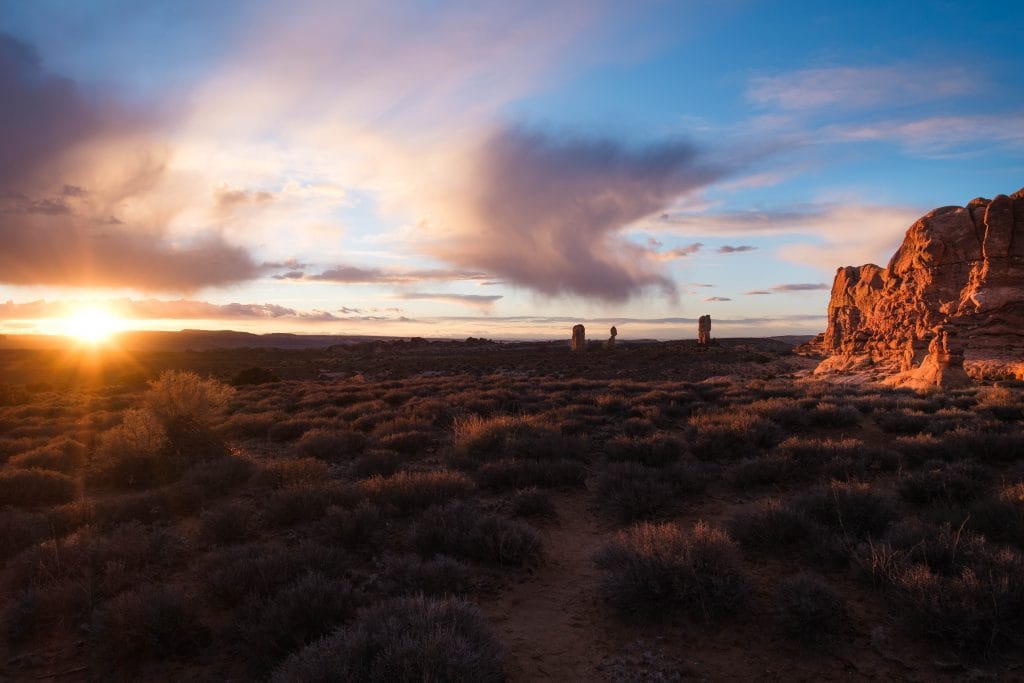
Wide-angle Focal Length
Instinct would say that when it comes to landscape photography, more is better. Vast, sweeping vistas full of wildflowers, star-speckled night skies or snow-capped mountain crags always look best when they appear enormous, and a wide-angle lens will allow you to get as much of the scenery into your image as possible.
A wide-angle prime lens like the Zeiss Milvus 18mm f/2.8 or even the Venus Optics Laowa 12mm f/2.8 D-Dreamer lens are good third-party options for Nikon F-mount shooters. Canon EF-users could go with a Rokinon AF 14mm f/2.8 or an IRIX 11mm f/4 Blackstone as their third-party choices.
Then again, being locked into the single focal length of a prime lens could be troublesome. Let’s say you slept a little late and missed your perfect window to get to the Grand Canyon in time to beat the crowd. Unless you want to start throwing elbows, it might be hard to get to a spot in front without any other tourists in your shot.
That’s when a wide zoom like the Tamron SP 15-30mm f/2.8 would come in handy for Nikon or Canon DSLR users. I’d even recommend spending the extra coin and grabbing a Canon 16-35mm f/2.8 L II USM or a Nikon AF-S 14-24mm f/2.8 for maximum wide-angle versatility and brand-name performance.
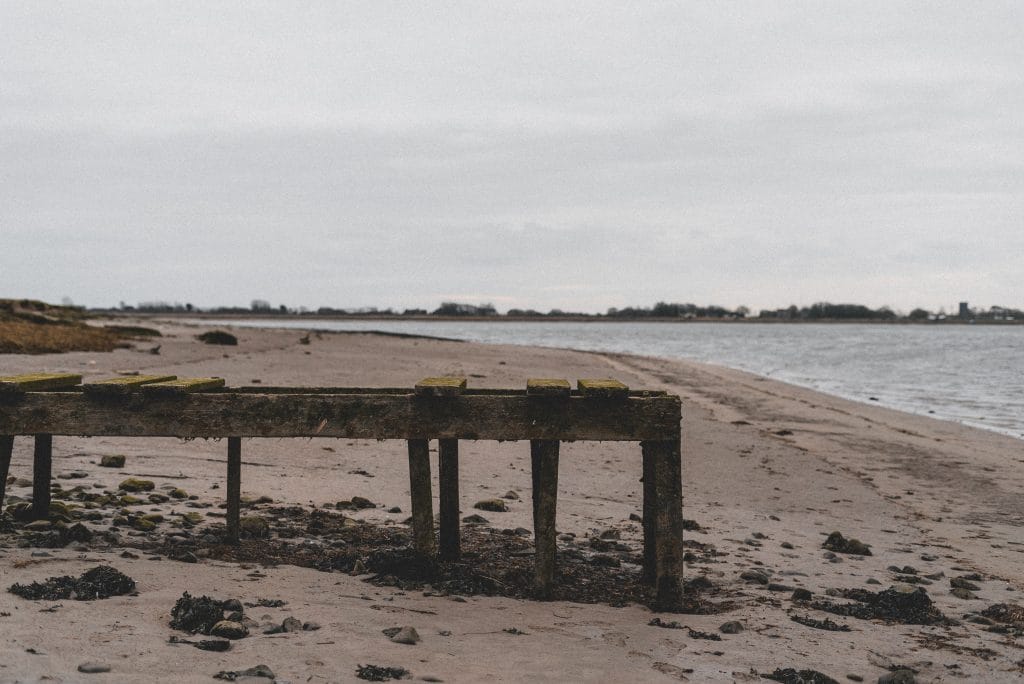
Standard Focal Length
There is a bit of an issue with only relying on a wide-angle lens, however. Ultrawide glass is great for giving a broad-spanning perspective, but a standard lens somewhere between 35-75mm will provide a more realistic view.
If you’re the type of photographer who likes to show things exactly how they were in the moment, a standard-length lens is going to be the one for you. A wide-angle may show everything in front of you, but a Sigma 50mm f/1.4 ART will capture the scene as if the viewer were standing right next to you.
Alternately, a 35mm lens will give you a nice blend of normal view and wide perspective. Canon EF users could try the 35mm f/2 IS USM for a compact space-saver or the 35mm f/1.4 L II USM for top-of-the-line imaging. Nikon users, give the AF-S DX 35mm f/1.8 G lens a try, or go old-school and adapt the classic Non-AI 35mm f/2.8 S if you’re on a budget. My pick would go to the vintage style of the 35mm f/1.4 AIS Manual focus lens, though.
Once again, though, it’s hard to argue with the appeal of a zoom lens. Sure, some purists will tell you that a fixed focal length lens will give you the best image quality, but wouldn’t you prefer to carry a single 24-70mm lens for your system instead of three separate 28mm, 50mm, and 70mm lenses?
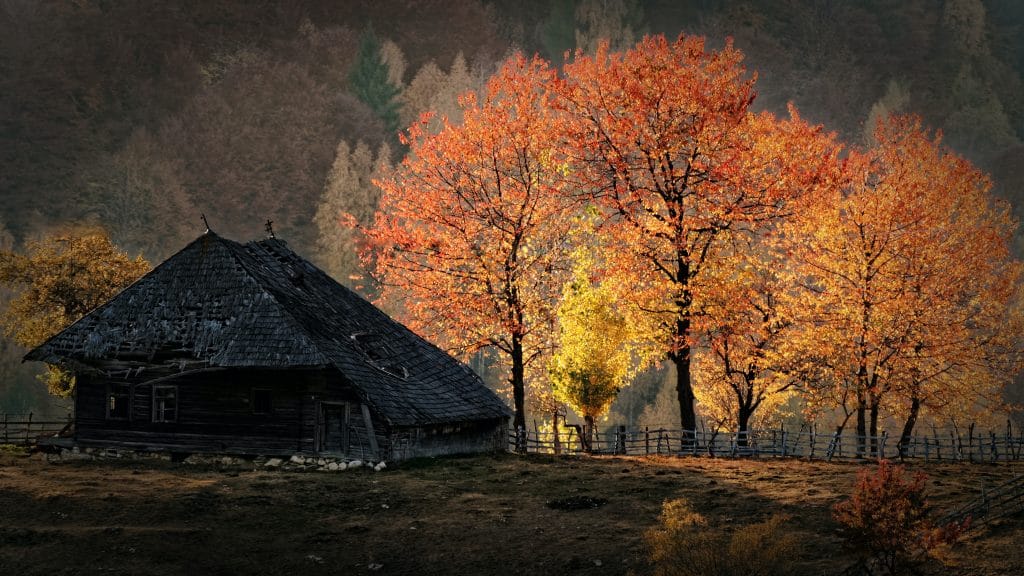
Telephoto Focal Length
Let’s say you find a large, leafy tree, somewhat on its own in a field. It’s definitely scenic, but you’d really like to have the mountainside framed up in the background. A wide-angle won’t do it, and neither will a standard lens.
In order to compress the background, or make the distant mountain seem much closer in the frame behind said leafy tree, you’re going to want a telephoto lens. The longer the lens, the more pronounced this compression effect is going to be. Telephoto lenses are also handy for those times when there’s not much in the foreground of your scene, or you’d like to isolate some faraway details.
You could go with an 85mm or 100mm, but I say go for the gold and stick with 135mm or longer. Sigma offers an amazing, but hefty 135mm f/1.8 DG for various mounts, and Sony Mirrorless shooters have a few excellent choices here, like the more compact Zeiss Batis 135mm f/2.8. Don’t discount the unique looks you could get from something like the Nikon 200mm f/4 D lens, Canon 300mm f/4 L IS, or even the Minolta 300mm f/2.8 APO if you’re shooting on the Sony/Minolta A-mount.
Yet, it almost seems a shame to carry a large telephoto on a journey for landscape photos if it’s just going to get you one look. A photographer’s got to think about being adaptable when they’re out in the field, and it’s hard to beat the versatility of a 70-200mm f/2.8 in your preferred mount. Many manufacturers also offer a 70-200mm f/4 option as well, for those looking to save a few bucks and a significant amount of weight in their pack.
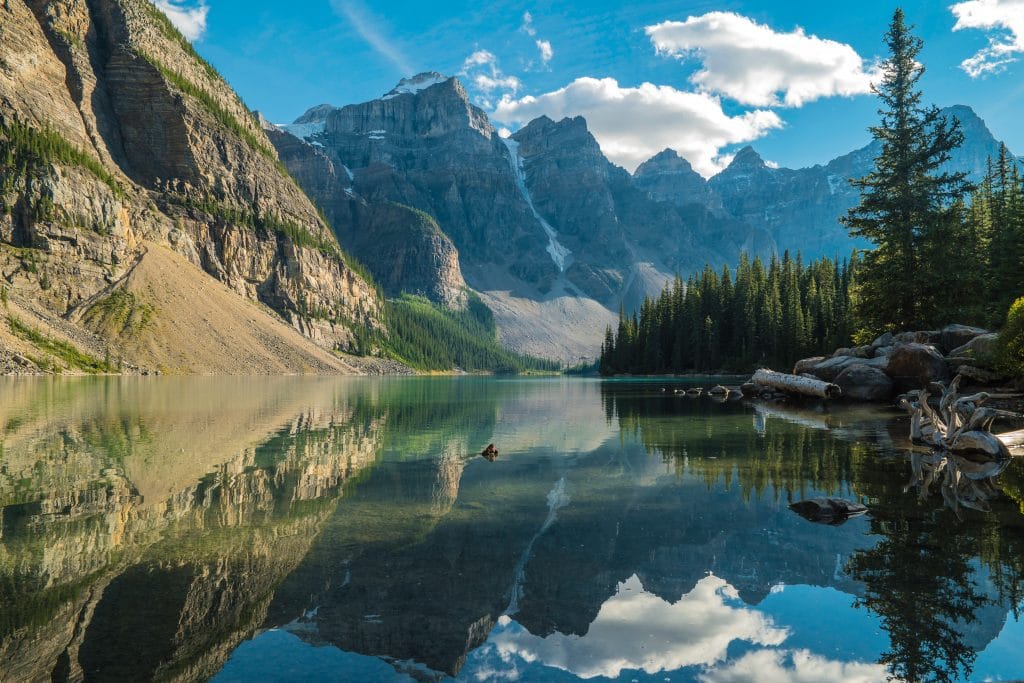
The Reveal
Here’s the thing–just like with portrait photography, there isn’t really a ‘best’ focal length for landscape photography.
Please, please put your pitchforks and torches down and hear me out.
Your particular style might favor extreme wide-angle lenses for starry skies, or you might prefer the tremendous scope that a telephoto lens can give. In the pursuit of the perfect landscape, scenarios can change quickly, and a photographer carrying only one prime lens can often find themselves missing the shot they were really hoping for.
The ultimate landscape photographer is likely going to carry a variety of focal lengths in order to stay adaptable. The more focal lengths you have, the more prepared you’ll be for any given situation where you need a bit more reach or a bit more space.
Keeping in mind how impractical it would be to carry a 16mm, 21mm, 35mm, 50mm, 85mm, 100mm, 135mm & 200mm on you at all times, think about spanning every one of those focal lengths with only three zoom lenses. The ultra-common lens trifecta of 16-35mm, 24-70mm & 70-200mm is a particular favorite among professional shooters for landscape, event, wedding, nature and pretty much every other kind of photography that exists today.
When you’re armed with a variety of focal lengths, there are very few photo scenarios you won’t be able to handle. The rest is up to technique.
QUESTIONS? CALL US AT 1-800-DIALKEH

